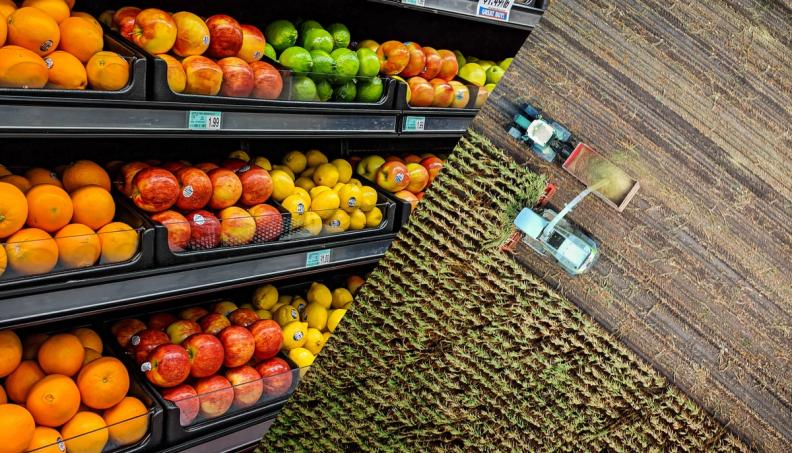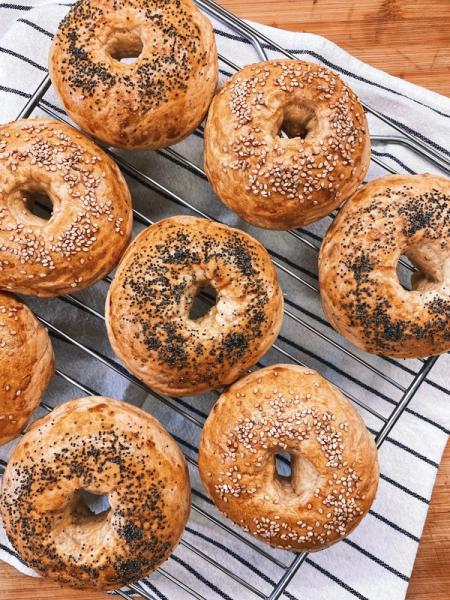The Difference Between Food Waste and Food Loss
The Difference Between Food Waste and Food Loss

If you’ve been fighting food waste for a while, you’ve probably heard the terms “food loss” and “food waste". Sometimes they are used interchangeably when in reality, these terms co-exist yet mean different things. Today we're discussing the difference between food waste and food loss, so we can all be informed Waste Warriors.
The Food Loss & Waste Issue
As food travels all the way from producers to consumers, it moves through various stages known as the food supply chain. Depending on the stage in the supply chain where food is wasted (due to many different reasons that you can find in our Knowledge Hub), the issue is defined as either food loss or food waste.
What is food loss?
Food loss is the decrease in the quantity or quality of food resulting from decisions and actions by food suppliers in the first stages of the supply chain: production, handling, and storage, processing and packaging; excluding retailers, food service providers, and consumers. It is currently estimated that more than half of the global food wastage occurs in these stages of the supply chain (BCG, 2018).
This happens for many reasons across the supply chain: premature or delayed harvesting due to weather conditions, quality standards and product specifications, damage, etc. We know that nearly half of all fruit and vegetables grown are wasted, much of which discarded for cosmetic reasons like being the "wrong" size or misshapen before they even reach shelves. Did you know that 25-30% of carrots don’t make it to the grocery store because of physical or aesthetic defects. (FAO, 2018)
What is food waste?
In the industrialized world, most food is wasted towards the end of the supply chain: from retailers to food services to finally, consumers. This is defined as food waste.
According to FAO, food waste refers to the decrease in the quantity or quality of food resulting from decisions and actions by retailers, food service providers and us - the consumers. Developed nations experience the greatest share of food waste towards the end of the value chain as food becomes abundant and consumers more picky, affluent and wasteful.
For instance, 63 million tons of food goes to waste every year in the USA. Can you imagine? More than anywhere else in the supply chain, the majority of US food waste (43% to be exact) occurs at home. There are so many simple tips and tricks that we can all use to help tackle this issue in our own homes.
If you haven't already, be sure to check out the Too Good To Go Food Waste Knowledge Hub, a centralized resource where you can find a lot more information, sources, and inspiration around the issues of food waste and loss.
Be sure to also follow us on Instagram for frequent tips on how you can help fight food waste.



